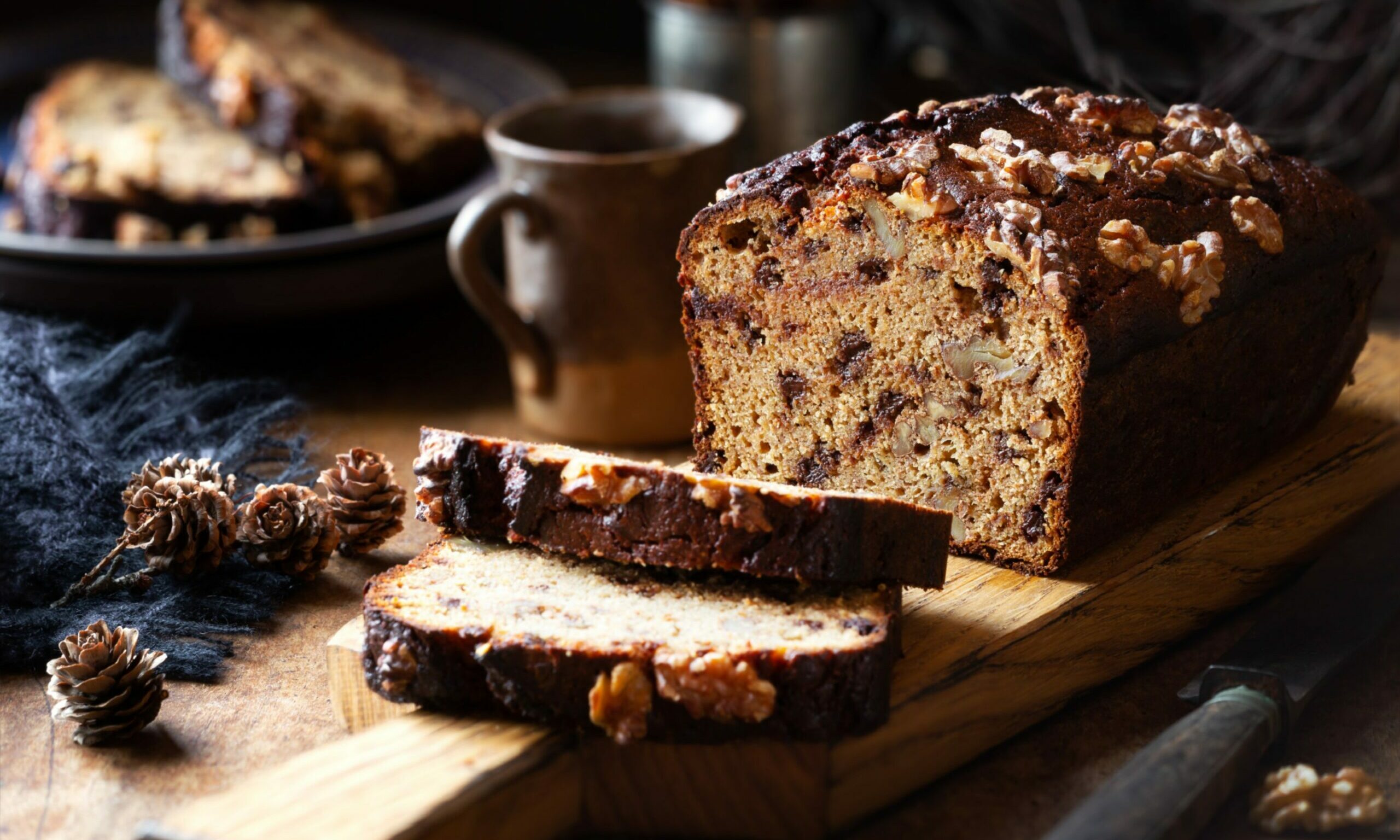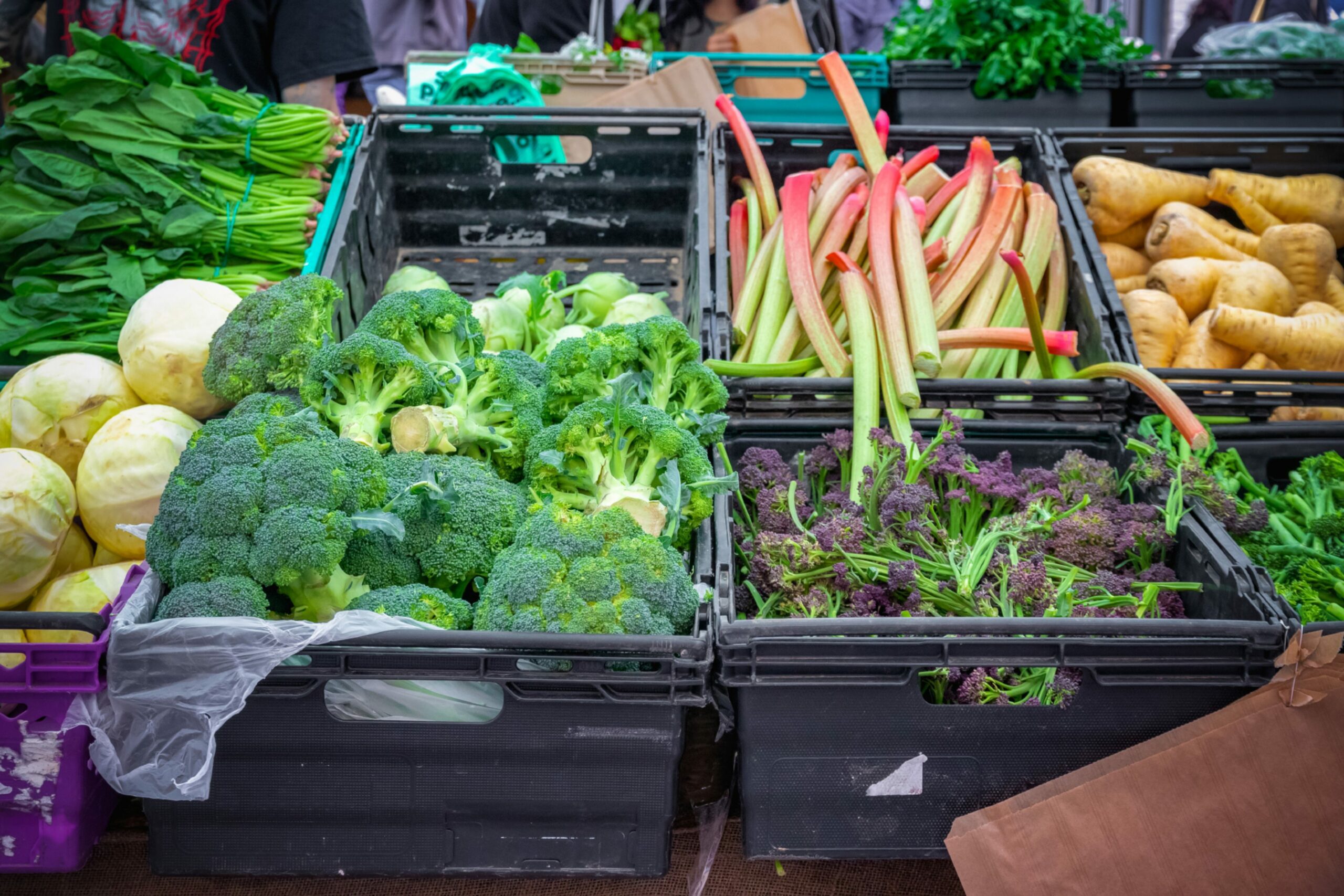There has been growing interest on the topic of food processing in recent years, with lots of reports linking so called “ultra-processed foods”, our health, the environment, and the prominence these foods have within our society.
Many studies have been published which indicate an association between ultra-processed foods and poor health, and this, understandably, has led to people being concerned.
But what are ultra-processed and processed foods, and should we really be worried?
Processed foods are difficult to define, as there is no universally agreed definition. In general, they are foods which have been prepared by a variety of methods and contain a number of ingredients. Different countries classify processed foods in different ways, but the most commonly used system is the Nova classification.
The term ultra-processed is specific to the Nova classification, which groups foods into four different categories based on their level of processing, rather than their nutritional content, such as the amount of calories, fat, sugar or salt they contain. The Nova classification attempts to group the many thousands of different food products, all prepared and used in a multitude of different ways, into just four general categories.
The first category includes un-processed or minimally processed foods, like fresh fruits, vegetables meat and fish. The second is for processed culinary ingredients, like oils, butter, sugar and salt.
The next “step up” is processed foods, where items have undergone a greater degree of processing, for example bread and canned food. Ultra-processed is the last category within the Nova system, and captures foods with even more added ingredients or processing, including confectionery, sugary drinks and many ready meals.
But, it is worth noting that many healthier foods, like breads, canned fruits and vegetables, would fall into the processed or ultra-processed category, alongside other products like infant formula. This can, understandably, be confusing to consumers.
Are all processed foods bad?
To address some of the concerns being raised in relation to ultra-processed foods, Food Standards Scotland, alongside two members of the Scientific Advisory Committee on Nutrition (SACN), asked the committee to consider the evidence in relation to processed foods and health. This review was published in July 2023.
So, what did the review show? SACN found that studies consistently reveal an association between ultra-processed food and poor health. However, it also found considerable gaps in the evidence base which need to be understood before making any firm conclusions.
We can’t be sure about the link between processed, ultra-processed foods and health
A key issue is that it is not possible to know whether the risk associated with processed food is due to the processing itself or because these foods are often energy-dense, high in saturated fat, salt or sugars, high in processed meat, and/or low in fruit and vegetables and fibre. And these are known risk factors for many diet-related diseases.
This means that we can’t be sure about the link between processed, ultra-processed foods and health. And, whilst a move away from processed and ultra-processed foods may be a longer-term ambition to improve our health, it is currently unrealistic to expect these foods to be removed from the diet completely, given their widespread availability.
Processed and ultra-processed foods can be cheap, convenient and have a long shelf life, but are they all bad? Many are classed as healthier options – for example bread, wholegrain breakfast cereals, canned fruits and vegetables. Processing is also a vital part of ensuring food safety.
Term ‘ultra-processed’ is not well understood by consumers
We know, based on recent evidence, that the term “ultra-processed” is not well understood, and may be interpreted in different ways by consumers. There are a number of barriers to reducing intakes of these foods, including price, habit, shelf life and general preferences.
Where do we go from here? Based on all of these factors, there is not enough evidence to change our existing dietary advice regarding processed foods.
While diet trends come and go, our approach to having a healthy, balanced diet hasn’t changed.
Where possible, ensure you’re eating plenty of fruit, vegetables and starchy carbohydrates, plus some dairy, meat, fish, pulses and other kinds of protein. We know that foods which are high in fat, sugar and salt are not good for our health, and focusing on cutting down on these foods would go a long way to supporting a healthy, balanced diet, whilst also reducing the amount of processed foods we are eating.
Alana McDonald is senior public health nutritionist for Food Standards Scotland



Conversation